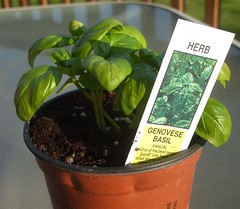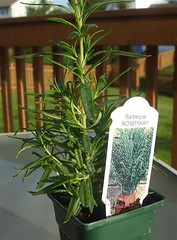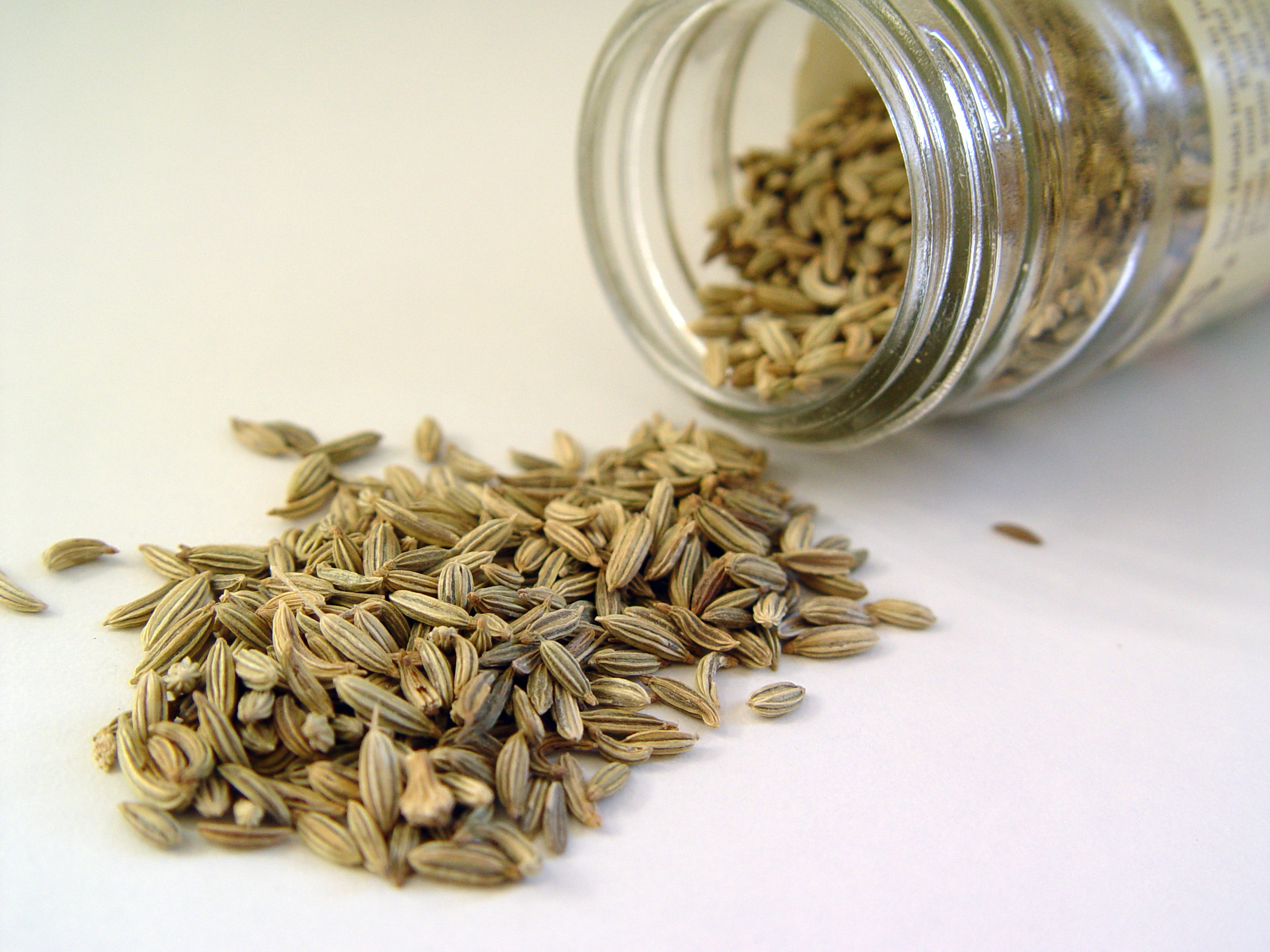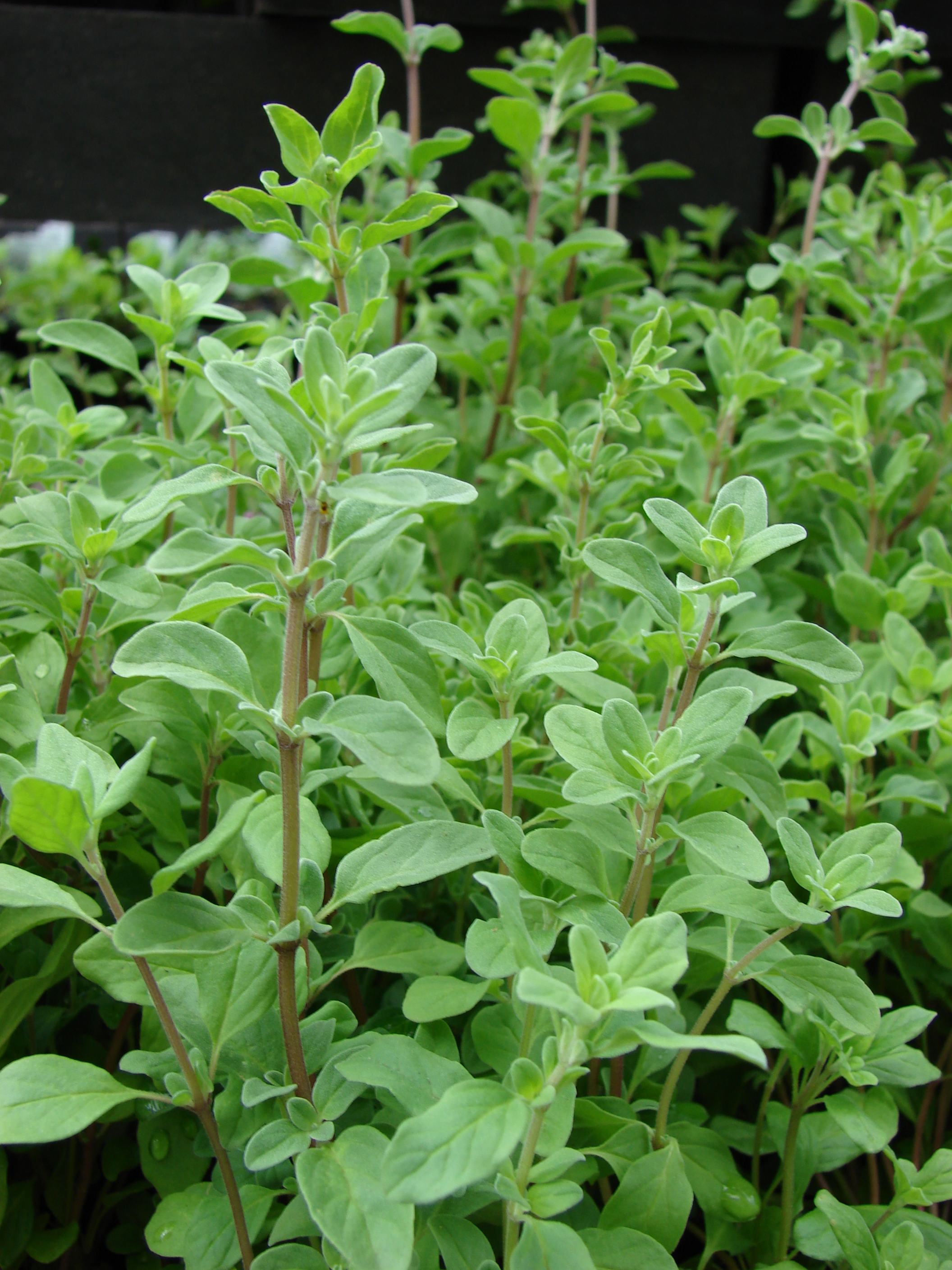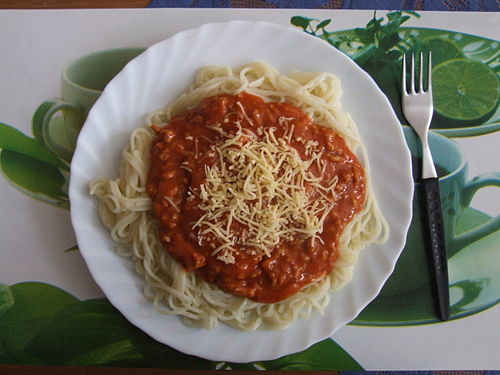The Slice at Serious Eats website has some great articles that explain the science and details about some of the fundamentals of pizza. The one I’m reading now is about New York Pizza Sauce. I always use the same sauce recipe I found from Cooks website, but it never has tasted quite right. The Serious Eats article is a good resource for learning about the different ingredients (olive oil versus butter, crushed tomatoes versus tomato puree, dried herbs versus fresh) that make a good sauce. Of course everyone has their own preferences for how a sauce should taste (should it be sweet or spicy?).

Some of the things I’ve learned already is that it’s OK to use canned tomatoes rather than rely on the freshness of the ones found at a store, and dried herbs do just as well as fresh if you cook them long enough to bring out the flavor. Except for basil which should be added fresh, a sprig added at the beginning and taken out at the end.
I’ll have to keep reading and use some of these tips for my next sauce!
